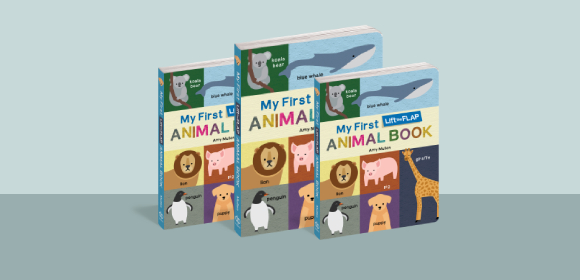19+ Photo Book Cover Examples to Download
The popular adage, “Do not judge a book by its own cover,” points out that one cannot simply figure out what is inside based on its outer appearance. However, when you take it literally, the cover of a book can help one get a glimpse on its content. Although it cannot tell you everything about what is on the inside, it can at least provide the reader an overview of the overall content. To create compelling and professional-looking book covers, many authors and publishers turn to ready-made book cover templates, which offer both convenience and creative flexibility while ensuring their book covers leave a lasting impression.
With a lot of photos and illustrations to aid readers in understanding the material immediately, one must create a well-designed photo book. More about photo book covers, examples, and templates are discussed within this article.
Elements of an Incredible Photo Book Cover
The challenge in creating a book cover may not be parallel to the challenge in writing the content of the book itself, but exerting some effort to create a well-designed cover will help encourage readers to open your book. Hence, the following elements must be present to make a compelling book cover:
- Striking title: The title must inform readers about the overall context of the book as well as its genre. Through the title, readers can decide whether to pick up the book or just throw it back to the shelf. It’s better to construct a simple and straightforward title than something trivial and confusing.
- Complementary subtitle: You may also include a complementary subtitle, briefly explaining and supporting the main title. Note that a subtitle must not outstrip the main title as this would only act as a complementary title. This can be a single sentence, outlining and providing additional details about the main title.
- Design and layout: Working on the design and layout of your cover can help draw attention towards your book. Design your book in such a way that would make the theme of your book evident at first glance. This will build a sense of anticipation from your reader’s point of view.
- Back cover: When talking about book covers, remember to take the back cover into account. While the front cover helps draw a reader’s attention, the back cover provides further details about the publication that readers might be interested in. This serves as the trailer of the book, providing a preview or short summary of what readers can expect.
- Endorsements and reviews: You may even include endorsements and reviews from influential people or groups as this can add to the book’s credibility. This would be of great help for those who have yet to become a renowned author as these testimonies can help promote your book through positive feedback.
- Spine: Books are normally stored sideways to make it easy for people to grab them from the shelf. Thus, the spine should display the title and author, and sometimes publisher, of the book so you can easily identify the book that you are looking for. This will also keep it distinguishable and recognizable from a glance.
- Author bio: Bookworms and book-lovers know how important it is to have an author bio on the cover of your book because aside from the information that they acquire, this would also connect them with the book in a special way. Hence, adding a brief description about yourself and your credentials will help build a connection with readers.
10+ Photo Book Cover Templates
Fiction Photo Book Cover

Floral Photo Book Cover
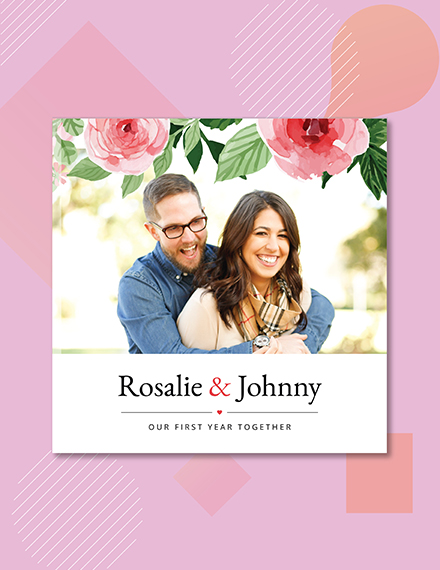
Birthday Photo Book Cover
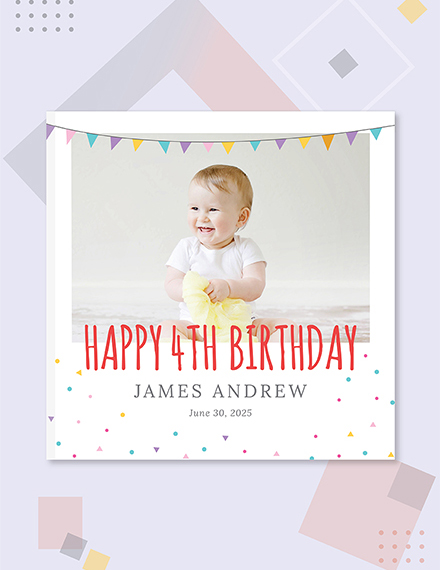
Family Photo Book Cover

Graduation Photo Book Cover

Photo Collage Book Cover

Photo Fashion Book Cover

Photo Autobiography Book Cover

Travel Photo Book Cover
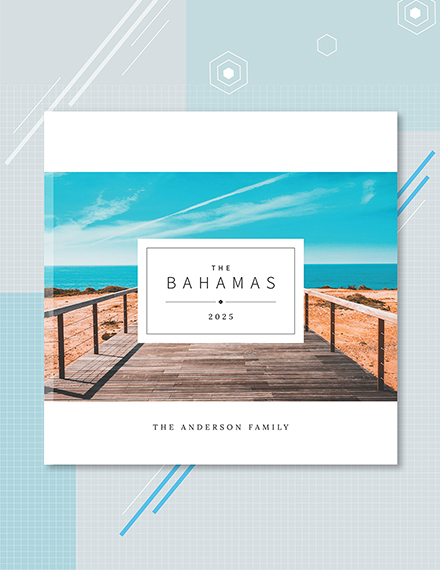
Photography Photo Book Cover
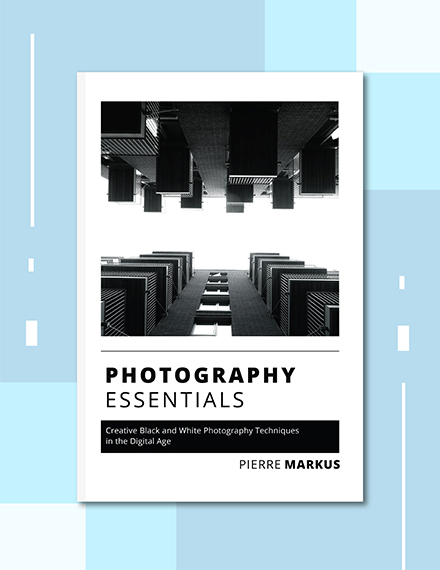
10+ Popular Photo Book Cover Examples
Animal Photo Book Cover

Children’s Photo Book Cover

Colorful Photo Book Cover

Coloring Photo Book Cover

I Have Diabetes Photo Book Cover

Magical Photo Book Cover

Modern Family Photo Book Cover

My First Animal Photo Book Cover
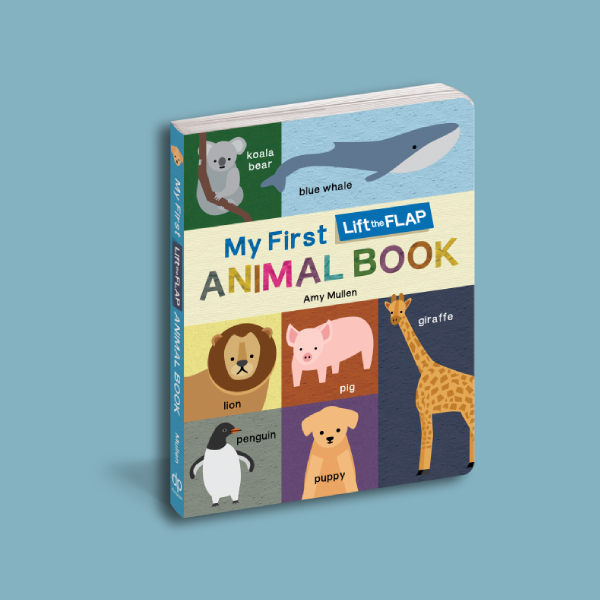
Simple Photo Book Cover

The Tales of Beedle the Bard Photo Book Cover

How to Create a Noteworthy Photo Book Cover
Although creating good content is essential to the success of a publication, a book cover is not something you can just ignore. A good cover design has the ability to entice readers to open a page and read your book. In order to create a photo book cover that is striking and worth remembering, be it a business book cover or a children’s book cover, here are a few steps that may help you.
1. Choose an appropriate format:
Before anything else, decide on the format of your photo book cover. Typically, the orientation for a book is portrait, but you can customize your own format to stand out from the rest. Remember to take the cover’s printing requirements into consideration as well. Note that some printers only allow certain sizes for printing, so make sure to select a suitable size.
2. Incorporate the elements:
As previously stated, there are a couple of elements that make up an excellent book cover design. You must incorporate all these elements into your layout and make sure that you have not missed anything. Display them in a way that they complement one another, and do not overlap other significant elements.
3. Choose the appropriate fonts:
Font choice generally varies according to the genre or theme of the book. Serif fonts are often used for legibility, but styles can be added to create a unique touch to the lettering of your book cover. Be sure to utilize only a limited number of fonts and render them in different styles for emphasis. Say for instance, if you are using similar font faces for your title and subtitle, your main title must be enlarged to set it apart from other text elements.
4. Add visuals:
The main feature of a photo book cover is the visual elements such as the illustrations, graphics, and photos as this would aid readers in understanding your book even more. This should support your content and provide readers with an idea on what to expect from your book. In certain cases, this can help explain your title even further.
5. Explore different layout styles:
After incorporating all the necessary elements, do not hesitate to reorder or rearrange them and try different layout styles to come up with something that is capable of garnering the highest and most striking visual impact.
6. Proofread:
Before you create a tangible copy of your photo book cover design, ensure that everything is finalized including the layout, text, and images. Check if there are any errors in grammar and spelling. Never skip proofreading as this can greatly affect the credibility of your book cover. Even immaterial errors can contribute to the doubt of readers regarding whether your book is something they can depend on or not. Hence, make sure to check everything before you send your design for printing.
7. Print and publish:
After everything is checked and finalized, choose high-quality printing for your book cover so you can now publish your book and launch it to the public.
Types of Photo Book Cover
Book covers do not only differ in layout and design but also in texture, weight, and firmness. The different types of book covers are as follows.
- Paperback: Rather than stitches and staples, this type of book cover is bound together using a strong adhesive to firmly bind the pages while creating a clean finish. The material used for this type of cover is light so it is easy to carry around; hence, preferable by most people who enjoy bringing a book with them most of the time. This is also referred to as a softcover or softback.
- Hardcover Casewrap: Another type of book cover is the hardcover casewrap where it is made of hard and durable card stock — an absolute favorite among book collectors due to its lasting material. The cover is usually laminated with a glossy finish for a maximum layer of protection from stains and moist.
- Hardcover Dust Jacket: This type of cover does not only feature the front and back cover of a book but also the detachable outer cover. This cover is made of paper printed with designs usually similar to the book cover design itself. It can easily be removed and detached from the main cover, but may be kept as a jacket for the book in order to prevent dust, hence its name.
Photo Book Cover Sizes
Listed below are the common book cover sizes that you’re likely to use:
Trade Book Sizes
- 5.25 × 8.25 in
- 5.00 × 8.00 in
- 6.25 × 9.25 in
- 6.00 × 9.00 in
- 8.25 × 10.25 in
- 8.00 × 10.00 in
Portrait Book Sizes
- 8.00 × 10.00 in
- 7.75 × 9.75 in
- 8.25 × 10.25 in
- 8.00 × 10.00 in
Landscape Book Sizes
- 9.75 × 8.25 in
- 9.50 × 8.00 in
- 12.75 × 10.88 in
Square Book Sizes
- 5.00 × 5.00 in
- 7.00 × 7.00 in
- 6.75 × 6.63 in
- 12.00 × 12.00 in
Photo Book Cover FAQs
What is the significance of a book cover?
When looking at a plain, blank book cover, what comes to mind? Naturally, people would wonder what the content of the book may be, along with its genre, author, and everything else. To give readers an overview of your book, this should be reflected on the book cover. This is comprised of the title, author/s, publisher, synopsis, and even reviews regarding the book. Through the visuals and illustrations of your book cover, you can engage and pique the interest of a targeted audience.
What is the standard size of a book cover?
Typically, the dimensions of a standard book cover is 6×9 inches. A lot of publishers and authors prefer this size for their books because it can accommodate a good amount of text and graphic elements. It’s neither too small nor too large but just of the right size to contain the necessary contents that the author desires to include. It is also inexpensive to produce, easy to sell, and easy to keep on the shelf.


